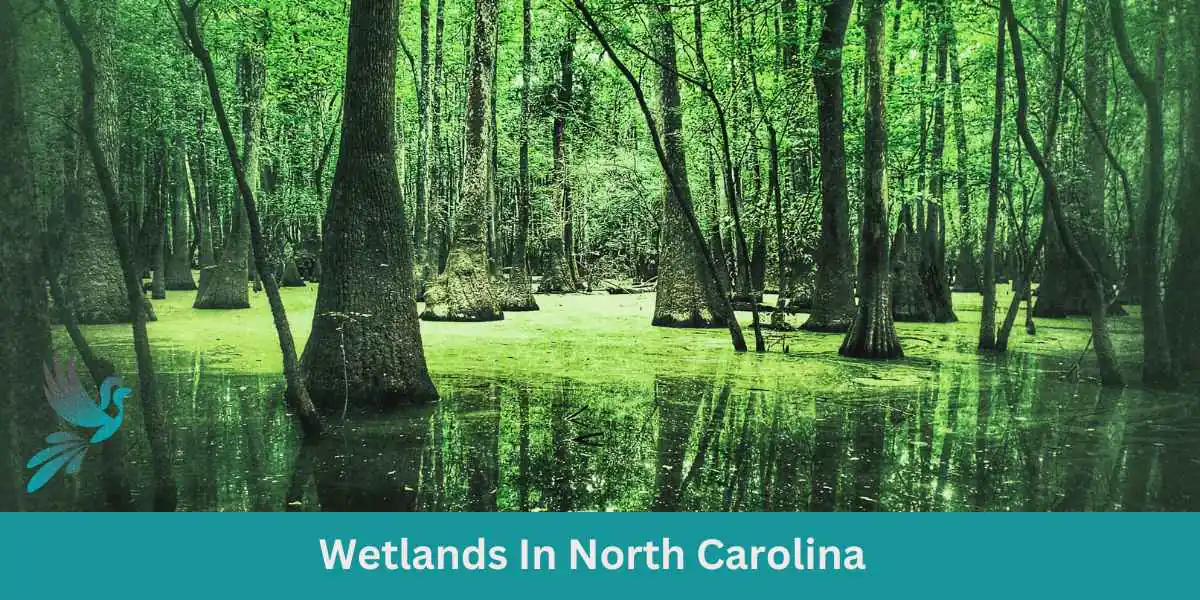Imagine yourself immersing in the natural beauty of North Carolina’s wetlands. This captivating article takes you on a journey through the diverse wetland ecosystems of this stunning state. From the breathtaking coastal regions to the lush inland areas, discover a detailed listicle that showcases the enchanting wetlands of North Carolina. Explore the unique flora and fauna that call these wetlands home, and gain a deeper understanding of the astonishing biodiversity found within these protected habitats. Get ready to be awestruck by the wonders of “Wetlands In North Carolina.”
Wetlands in North Carolina
North Carolina is home to a diverse array of wetlands, each with its own unique characteristics and ecological importance. From coastal salt marshes to inland freshwater swamps, these wetland habitats play a vital role in the state’s overall ecosystem health. In this article, we will explore the various types of wetlands found in North Carolina and the rich biodiversity they support.
Coastal Salt Marshes
The coastal salt marshes of North Carolina are some of the most visually stunning wetlands in the state. These expansive areas are characterized by the presence of salt-tolerant plants such as cordgrass, glasswort, and marsh hay. Coastal salt marshes serve as crucial breeding and nesting grounds for numerous bird species, including herons, egrets, and rails. Additionally, they act as a buffer zone, protecting the coastline from erosion and storm surges.
Freshwater Marshes
Moving inland, freshwater marshes can be found throughout North Carolina’s low-lying areas. These wetlands are typically dominated by emergent vegetation such as cattails, arrowheads, and water lilies. Freshwater marshes play a critical role in water purification by filtering out pollutants and excess nutrients. They also provide essential habitats for amphibians, reptiles, and waterfowl, making them a prime destination for nature enthusiasts and birdwatchers.
Pocosins
Another unique wetland type in North Carolina is the pocosin. Pocosins are characterized by thick, acidic, and nutrient-poor soils, which support a distinct community of plants and wildlife. These wetlands are notable for their dense growth of shrubs such as black titi, gallberry, and sweet bay. Pocosins are home to a wide range of species, including the endangered red-cockaded woodpecker and various types of carnivorous plants such as pitcher plants and sundews.
Bottomland Forests
Spanning alongside rivers and streams, bottomland forests are rich and diverse wetland ecosystems in North Carolina. These forests are primarily composed of hardwood trees, such as oak, maple, and cypress, and are often subject to seasonal flooding. Bottomland forests offer important habitat for many bird species, mammals, and reptiles. They also provide valuable flood control, helping to prevent excessive water runoff during heavy rainfall.
Carolina Bays
Carolina Bays are elliptical-shaped depressions found primarily along the Atlantic coastal plain of North Carolina. These unique wetlands are named for their distinctive appearance from above, resembling a bay or lagoon. Carolina Bays are home to a diverse range of aquatic and terrestrial species, including rare plants, amphibians, and turtles. The origin of these depressions is still a subject of scientific debate, adding to their intrigue and attracting researchers from around the world.
Boggy Bay Swamps
Lastly, boggy bay swamps can be found scattered throughout North Carolina, particularly in the eastern part of the state. These wetlands are known for their saturated, acidic soils and the prevalence of shrubs such as loblolly bay, sweetbay magnolia, and pond pine. Boggy bay swamps provide essential habitats for numerous species, including the iconic American alligator and various species of wading birds. They also assist in water storage and flood regulation, helping to maintain a delicate balance within the ecosystem.
Wetlands in North Carolina are not only mesmerizing landscapes but also critical components of the state’s natural environment. Whether it is the coastal salt marshes, freshwater marshes, pocosins, bottomland forests, Carolina Bays, or boggy bay swamps, each wetland type contributes to biodiversity, flood control, water purification, and climate regulation. As you explore these wetland habitats, take a moment to appreciate and protect the invaluable gifts they provide to both wildlife and humans alike.


Leave a Reply
You must be logged in to post a comment.